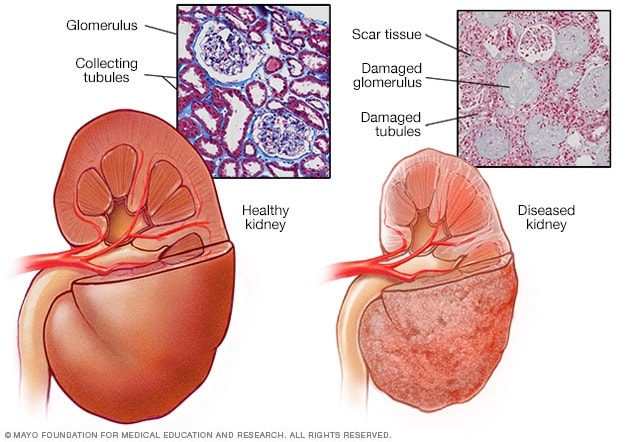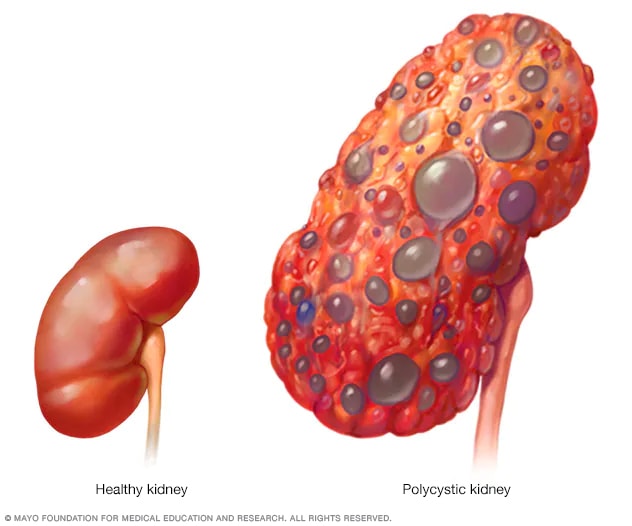Keep your Kidneys Clean & save from Kidney Stones I Dr.Kimario
 Keep your Kidneys Clean & save from Kidney Stones
Keep your Kidneys Clean & save from Kidney Stones
Some say that passing through the kidney stonesis a baby made of razor blades. The good news is that, although they can be extremely painful, kidney stones rarely cause permanent damage, and you may be able to stop them.
The back or side pain which will not go away is the primary symptom of kidney stones. You may also have pink or odor-urine urine, fever or painful urine. Experts say that incidents of kidney stones are
increasing, although no one knows why. Caucasian is more prone to
kidney stones compared to African Americans, and males are more prone to
women than women. Age is also a factor. Chances of kidney stones grow because men enter the 40's and grow in the 70's. For women, the peak peak in their 50s.
Each
day, approximately 50 gallons of blood flows through your kidney. The
kidney removes waste products from the blood with various minerals and
other substances and transfer them to urine so that your body can get
rid of them. In people with stones, some minerals are formed in the
urine to form a stone in association with other waste products.
Kidney stones are not all the same. The most common type of mineral is made of calcium, which is combined with oxalate or phosphate. Less common types of stones are made of uric acid or other chemicals, all of which are found naturally in the body. Nobody knows why these substances make kidney stones in some people, but not in others, because we all are in their urine. The formation of stones can be related to the level of these substances in urine or other current unknown factors which encourage or prevent the formation of stone.
During urine most kidney stones get
out of the body. But some urine can be large enough to block the flow.
It causes acute pain and you may also be at risk for infection.
Most kidney stones which
do not pass themselves are considered in the outpatient setting. The
most common procedure is called lithotripsy. Greek "Greek for stone
crushing", this technique uses shock waves to reduce kidney stones in small pieces, which then flow easily in the urine.
If you have more than one kidney stones, then you are at high risk to make another. But there are ways to help prevent different types of kidney stones.
First of all, your doctor needs to know what type of stone it is. If
you pass a stone, then try to catch it in a hole. A laboratory analysis
can help your doctor plan a strategy to stop more stones. Other tests,
which can include urine and blood tests, can help your doctor find out
why you had kidney stone. Your medical history, business and eating and
drinking habits can also be a clue.
Drink more water can help stop kidney stones.
Depending on the type of stone you are at risk, your doctor may also
advise you to avoid some foods or beverages. For example, people prone
to making calcium oxlet stones should avoid spinach, peanuts and
chocolate. People with uric acid stones should cut back on meat. The
doctors can also write some medicines to help prevent these types of
stones.
Take a look out for kidney stones
If you have the following symptoms of kidney stone take the Suggestion from Doctor:
- Extreme pain on your back or side that will not go away
- Blood in your urine (this pink will appear)
- Fever and cold
- Vomit
- Urine which makes bad odor or looks cloudy
- When you piss, there is a burning .................................................................






